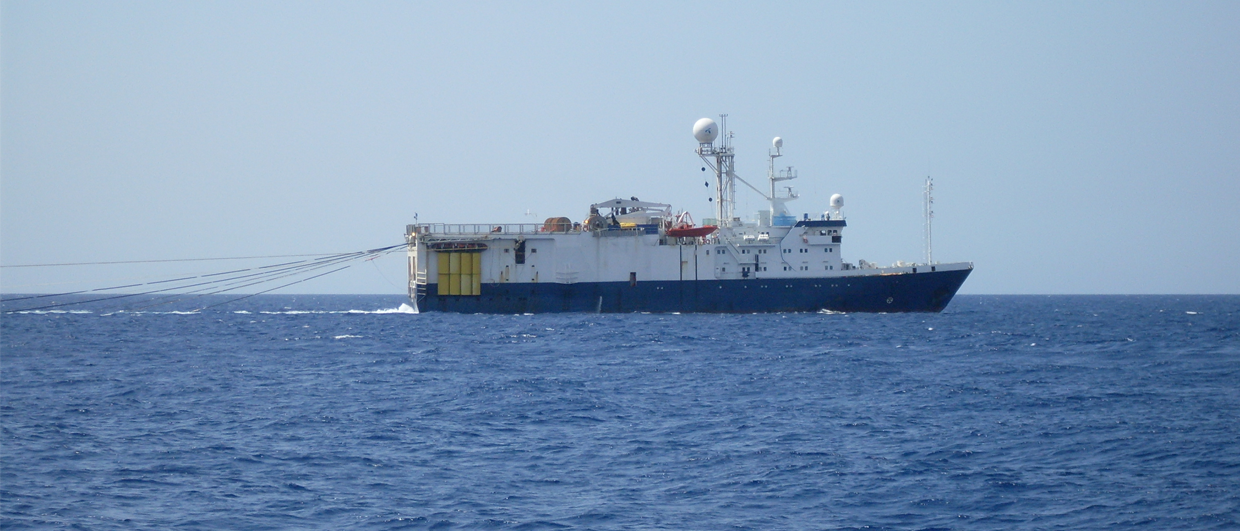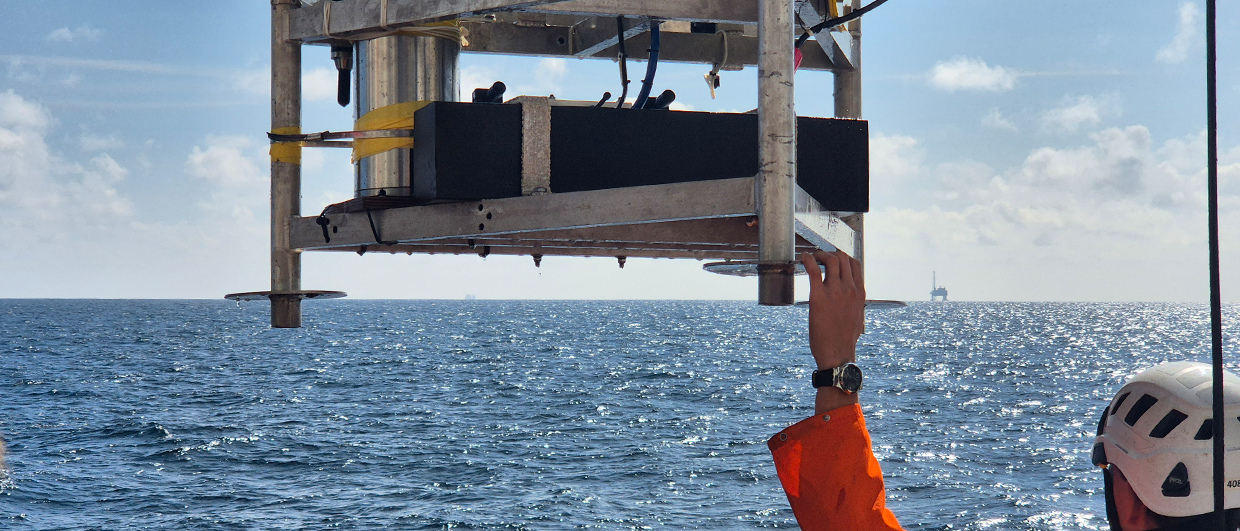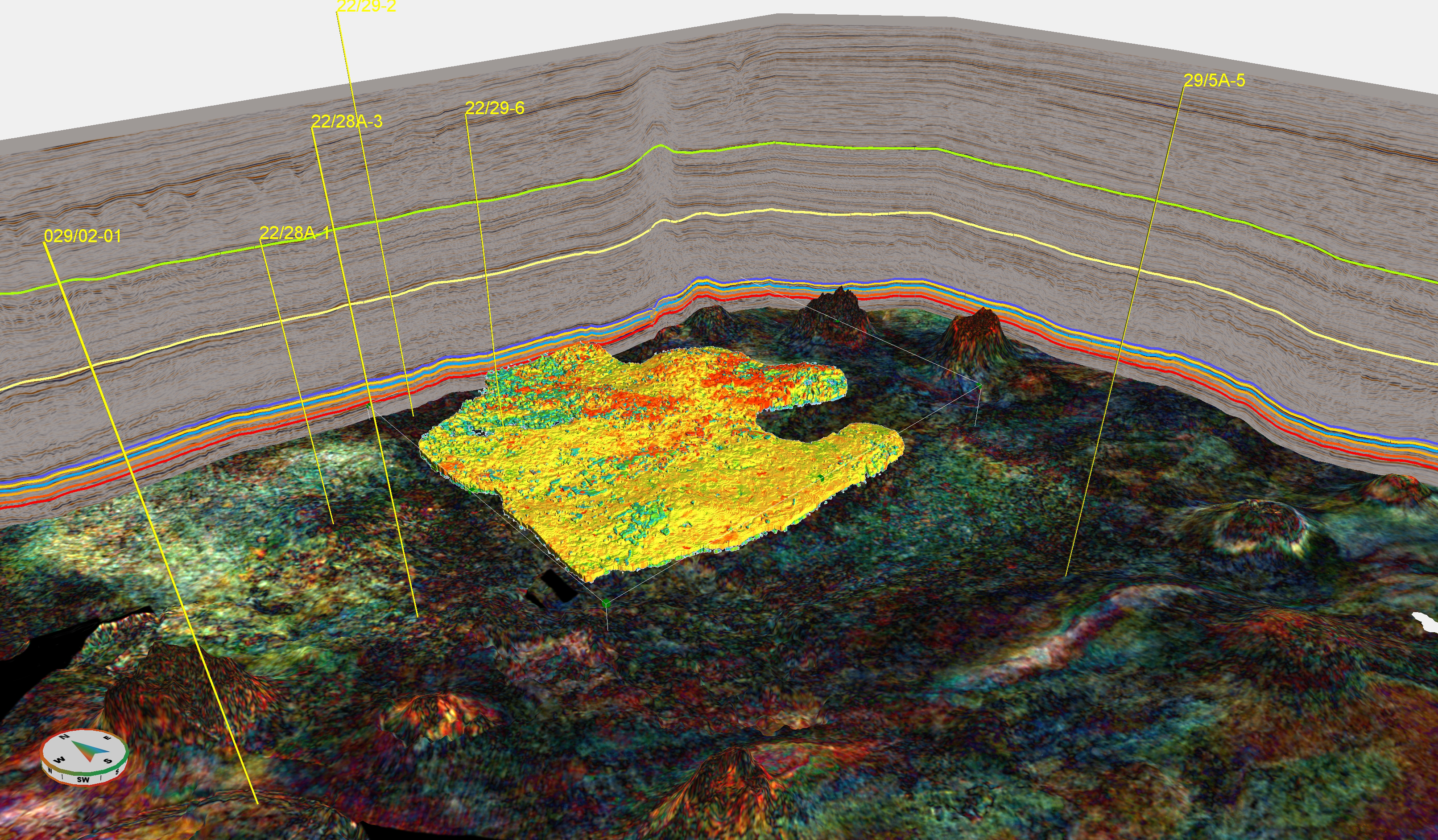OMV has announced the discovery of a potentially significant gas and condensate column in HPHT well 30/5-4S in Production Licence 1100 just west of the Oseberg field.
The main objective of the well targeting the Oswig East prospect was to prove hydrocarbons in the Middle Jurassic Tarbert Formation of the Brent Group, with the secondary target being the underlying Ness Formation. The well did prove gas and condensate in the Tarbert Formation, but the presence of hydrocarbons in the Ness Formation could not be confirmed.

Based on these findings, the PL 1100 Licence Group consisting of OMV (40%), Source Energy (20%), Wintershall DEA (20%) and Longboat Energy (20%) has now decided to drill a side-track well and perform a Drill Stem Test (DST). The key objective of the DST is to evaluate the Upper Tarbert Formation.
The Oswig discovery is situated in a rotated fault block west of the Oseberg field (see cross-section above). According to Longboat, the pre-drill gross resources for Oswig amount to 93 MMboe, with 19 MMboe as an estimated net resource. An additional volume of 80 MMboe in adjacent fault blocks is also being de-risked by the current well, Longboat mentions in the same document. The key risks identified were fault sealing and reservoir quality.
The Oswig prospect consists of four different mapped compartments; Oswig East, Mid, West and North; Oswig East has now been drilled by 30/5-4S. As the cross-section shows, Oswig Mid and West are even more deeply buried than Oswig East. Well 30/5-4S reached a terminal depth of 5,003 m below sea level.
This discovery is a significant one for the Norwegian sector this year, which to date had been fairly disappointing. It also fits a trend to explore hydrocarbons in deeper and structurally more complex faulted areas, with Bergknapp in the Norwegian Sea being a recent example. The Slagugle discovery, also in the Norwegian Sea and which was unsuccessfully appraised earlier this year, could also be ranked in this category.
HENK KOMBRINK




